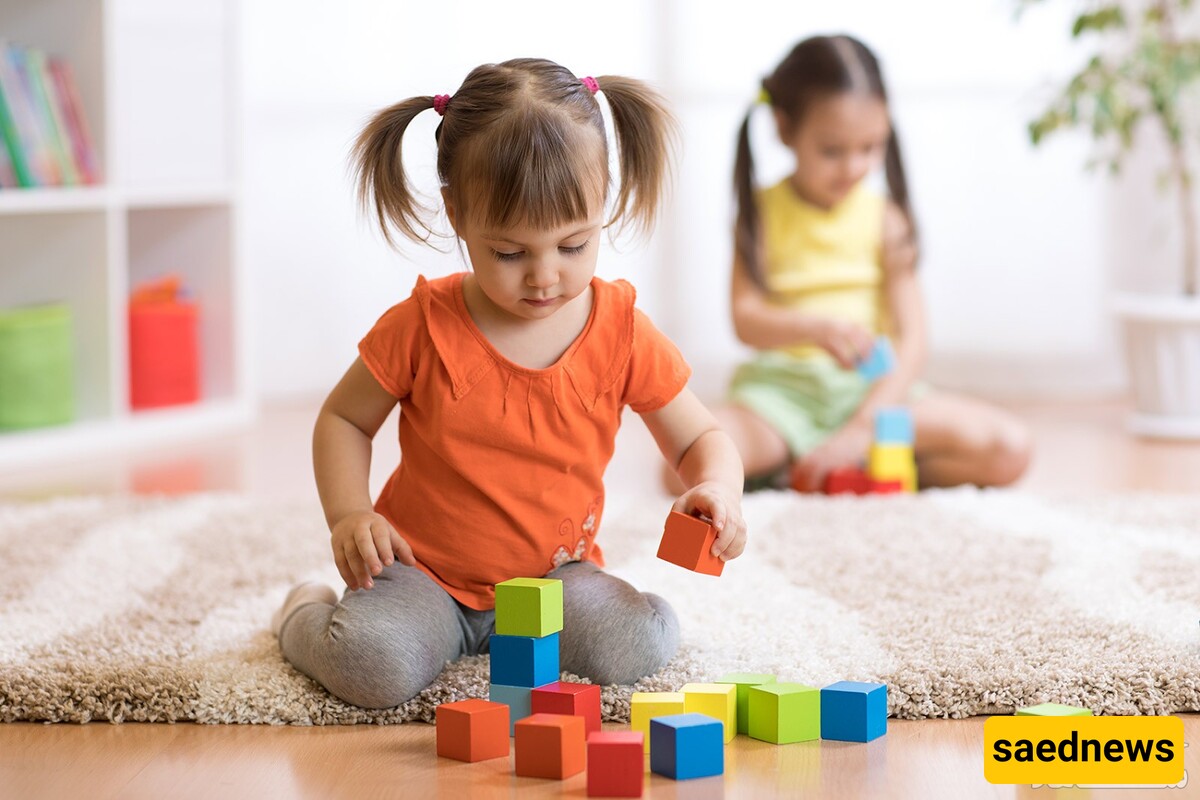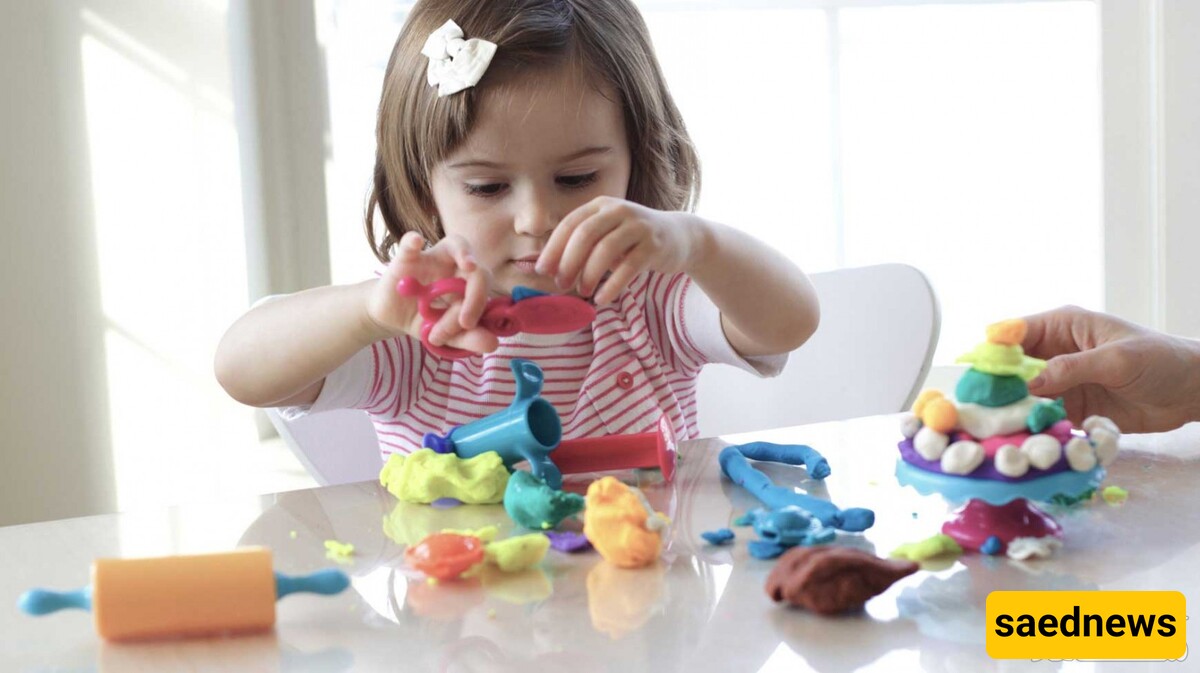Fine motor skills are foundational for many other abilities, such as drawing and writing. These skills involve using the small muscles in the fingertips. Stay with us as we explore this important topic.

Why Are Fine Motor Skills Important?
One of the most crucial pre-school skills is fine motor development, which children should learn before starting school. While this may seem simple, it requires coordination between hand and eye muscles. Training these skills enhances a child's confidence. Preschoolers who can hold a pencil correctly for early writing tend to have well-developed fine motor skills, whereas those who haven’t mastered these skills may struggle with messy handwriting in primary school.
If a child shows no interest in drawing, it could indicate a lack of fine motor skills. Parents should recognize this and engage in activities that help develop these skills. Encouraging a child to hold a pencil is itself a fine motor skill. The most important educational tool is not advanced equipment but the hands themselves. Children with strong hands perform tasks more efficiently and comfortably.

A child with weak fine motor skills may exhibit the following behaviors:
Uses both hands for tasks that typically require one hand.
Places objects against their body or a surface to complete tasks.
Struggles with activities requiring fine motor skills.
Avoids tasks like cutting, drawing, or buttoning clothes.
Prefers others to perform fine motor tasks for them, such as dressing or eating.
Has difficulty with drawing, using scissors, or handling a pencil properly.
Before One Year: The first signs appear when an infant reaches for their mother.
Ages 1-2: Skills become visible as the child holds a spoon and brings it to their mouth.
Ages 2-3: Cognitive and perceptual development occurs. The child can assemble simple puzzles, pick up objects, and place them correctly. They begin to use finger paints and later handle markers and pencils.
Ages 3-4: Scissors skills emerge. Children also learn to use glue and paste paper pieces together.
Ages 4-6: By age 4, children should be able to draw squares, and by age 6, they should be able to draw triangles. Skills like buttoning clothes and tying shoelaces become more refined.
If a child struggles with fine motor skills, they may also experience:
Behavioral Issues: Frustration or anger when attempting to manipulate small objects.
Low Self-Confidence: Avoidance of activities due to lack of belief in their abilities.
Poor Dexterity: Difficulty with tasks like writing, cutting, opening boxes, or tying shoelaces.
Clay or Playdough: Sculpting figures strengthens hand muscles. For children over three years, clay (rather than playdough) is recommended as it can be dried and painted for added creativity.
Threading Needles or Beads: Using plastic needles or large beads on a string helps children improve their coordination. This is suitable for children over four years old.
Plastic Building Blocks: Large blocks for younger children and smaller ones for older kids encourage creativity and hand strength.
Drawing and Coloring: Encourages proper pencil grip from an early age. Ensure the child learns the correct way to hold a pencil before starting school.
Tying Shoelaces: By ages 5-6, children should be able to tie their own shoelaces. Teach different tying techniques for better dexterity.
Using Tongs or Chopsticks: Picking up objects with tongs or chopsticks improves precision and coordination.
Hammering Pegs: A wooden hammer and pegs help with hand-eye coordination while also reducing stress.
Finger Drawing in Sand: Allows children to practice writing movements before handling a pencil.
Connecting Dots: Completing dot-to-dot pictures develops control and accuracy.
Straight and Curved Line Drawing: Practicing large-to-small strokes enhances muscle coordination.
Coloring Within Lines: Encourages controlled movements.
Folding Paper: Simple paper-folding exercises help strengthen fingers and refine movement control.
Developing fine motor skills at an early age lays the foundation for better handwriting, drawing, and overall dexterity, boosting a child’s confidence and independence.

